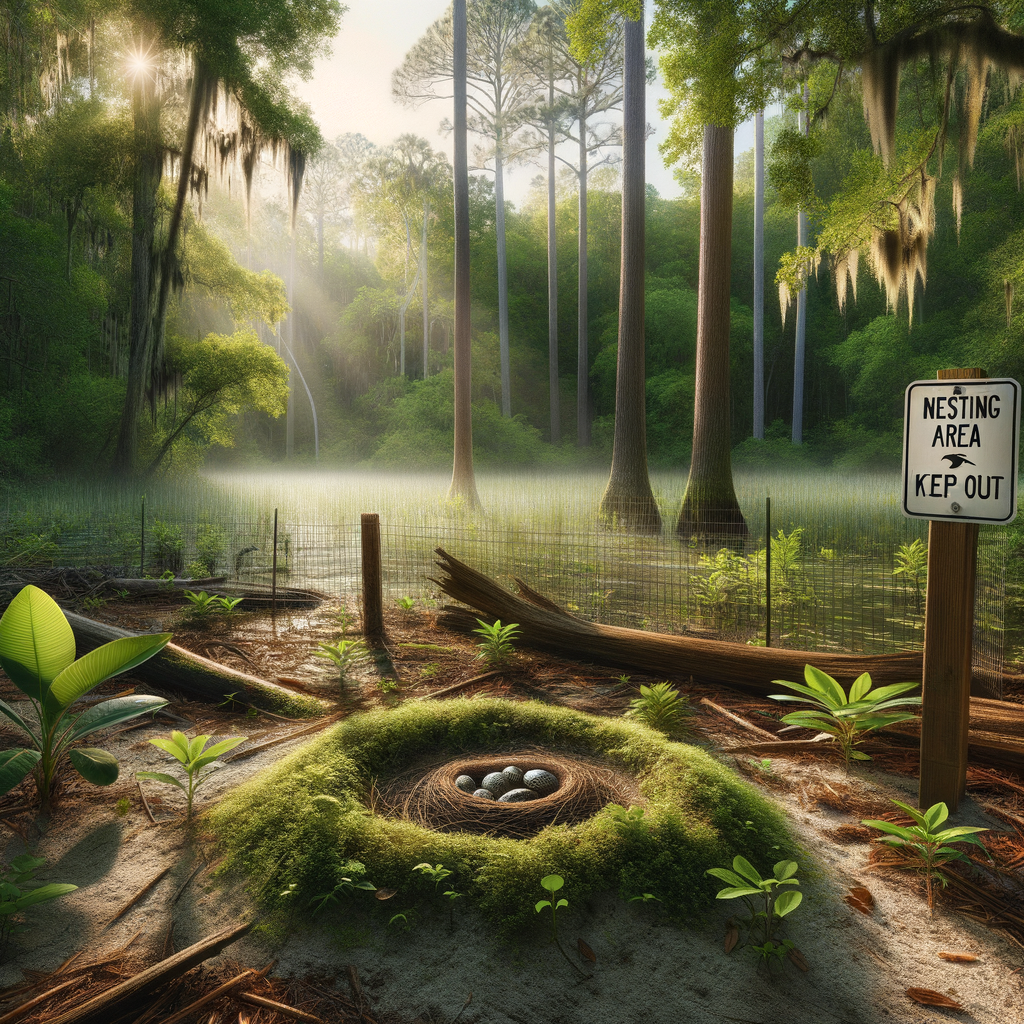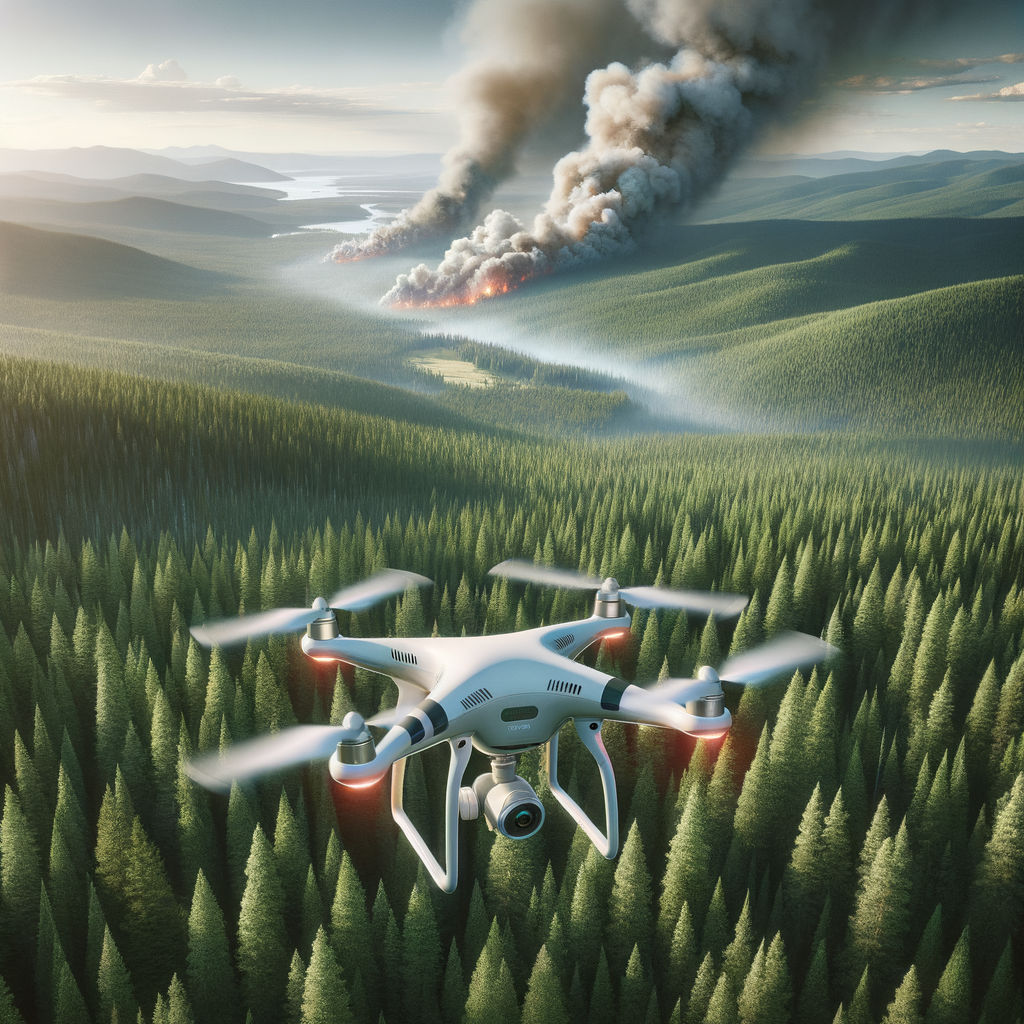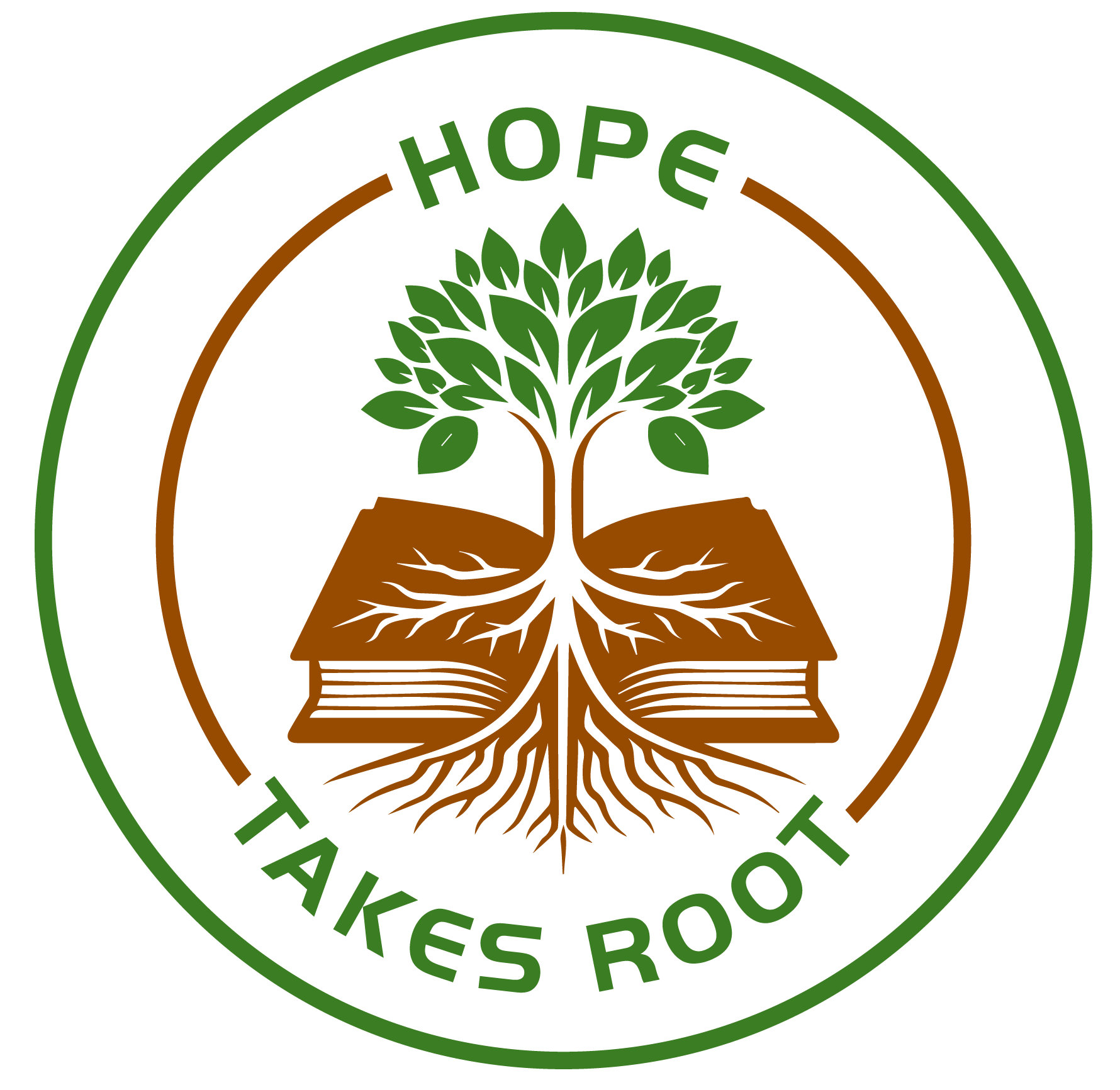Citizen Science Tree-Health Monitoring Insights for July
When I think about the power of community, one thing is crystal clear: engagement and education are not just trendy phrases. They are the heartbeat of a healthy society. Connecting with others and learning side by side has always mattered. But right now, in this fast-moving world, it feels more important than ever before. Today, I want to talk about why community engagement and education matter, how they work together, and especially how they tie into citizen science tree-health monitoring.
What Is Citizen Science Tree-Health Monitoring?
Citizen science tree-health monitoring is a fantastic example of community engagement and education in action. It involves everyday people coming together to observe, document, and report on the health of trees in their local neighborhoods. This includes looking out for pests, diseases, or signs of environmental stress.
Think about your favorite park, the trees lining your street, or the wooded areas nearby. When members of the community work together to monitor tree health, they help scientists track changes, catch problems early, and protect urban forests for everyone to enjoy.
Why Citizen Science Tree-Health Monitoring Matters More Than Ever
1. Empowering Communities with Knowledge
Knowledge truly gives people the power to act. When communities learn how to identify tree diseases or pest infestations, they become active participants in safeguarding their environment. This knowledge supports local action, prevents damage, and creates a ripple effect of awareness.
Imagine a workshop where neighbors learn how to spot early signs of tree decline or storm damage. Suddenly, they are no longer passive observers — they are guardians of their green spaces.
2. Building Trust Through Shared Effort
When folks come together regularly to monitor tree health, they build trust and stronger connections. Open conversations about what is found during monitoring efforts encourage honesty and shared responsibility. Trust like this makes it easier to mobilize action and secure support from local authorities.
3. Encouraging Inclusion and Real Representation
Tree-health monitoring programs often bring together people from diverse backgrounds. This diversity ensures that no corner of a community is left out. It also means education materials and methods are designed to be clear, accessible, and culturally sensitive.
This inclusion enriches the data collected and broadens community buy-in. More people feel ownership of caring for local trees.
Community Engagement Makes Education More Effective
Education is not a one-way path. The best learning happens when everyone participates fully. In citizen science tree-health monitoring, volunteers share what they see, ask questions, and learn from experts and neighbors alike.
This two-way exchange makes information stick. It connects scientific concepts to lived experiences. And it shows that everyone has a role to play in environmental care.
Real-Life Examples That Inspire
Urban Tree Health Projects
Cities across the globe have launched tree-health monitoring initiatives where residents report on urban tree conditions through apps or community events. These projects have saved countless trees because local eyes catch issues faster than remote monitoring systems.
Youth-Led Monitoring Programs
Young people leading tree-health efforts bring energy, curiosity, and fresh perspectives. They often combine modern tech like smartphones with traditional knowledge from elders. The result is a dynamic learning environment that motivates the next generation of environmental stewards.
Challenges We Face
It is not always easy. Funding is scarce. Language and accessibility barriers exist. Some communities have reasons to distrust outside efforts. These obstacles require sensitivity, creativity, and patience to address.
But in my experience, openness and respect go a long way. When organizers listen and adapt, even the biggest challenges can be overcome.
How You Can Get Involved Right Now
You don’t need special training to help monitor tree health in your area. Here’s how to start:
- Attend local events or training sessions about tree monitoring
- Use smartphone apps designed to report tree conditions
- Volunteer to help with community tree planting and care initiatives
- Share what you learn with friends, family, and neighbors
- Encourage schools or local groups to start youth monitoring projects
Every small effort builds toward a healthier, greener future.
The Ripple Effect of Citizen Science and Community Engagement
When communities take ownership of tree-health monitoring, the benefits extend far beyond the trees themselves. Social connections strengthen. Environmental awareness grows. Data collected helps shape policies and emergency responses.
In this way, citizen science becomes a catalyst for broader community resilience. It equips neighborhoods to face challenges like climate change, urbanization, and public health threats more effectively.
Final Thoughts
Over the years, I have witnessed the magic that happens when people come together with curiosity and purpose. Citizen science tree-health monitoring is grounded in that magic. It’s not always simple. It takes effort and patience. But the rewards — healthier trees, stronger communities, empowered citizens — are worth every step.
Next time you walk outside, think about the trees around you. Imagine what could happen if every community member cared just a little more and participated in monitoring our shared green resources. One observation, one report, one conversation at a time.
What role have you played in tree-health monitoring or community science projects? Have you seen how they shift perspectives or spark real change? Please share your experiences in the comments below.




